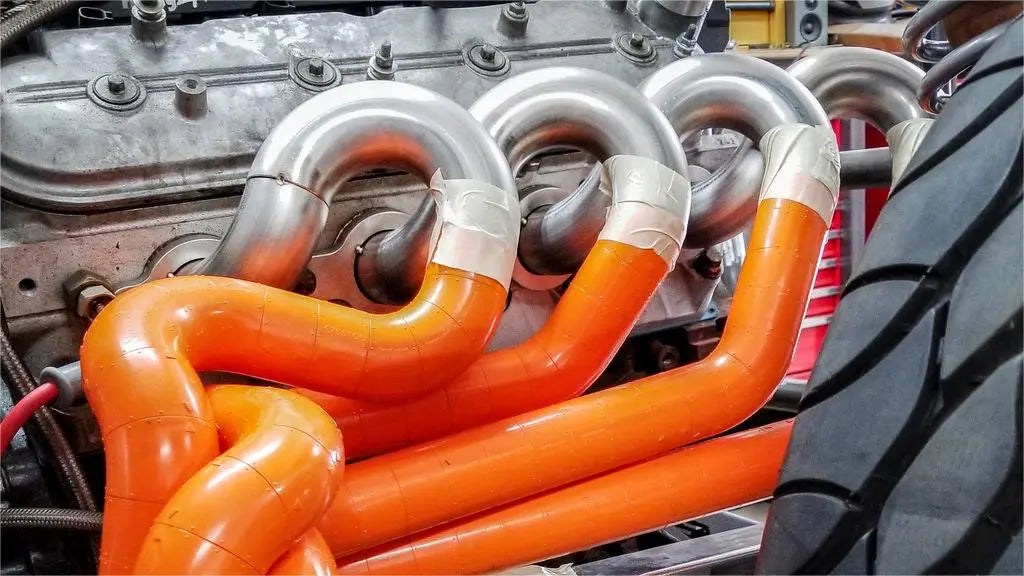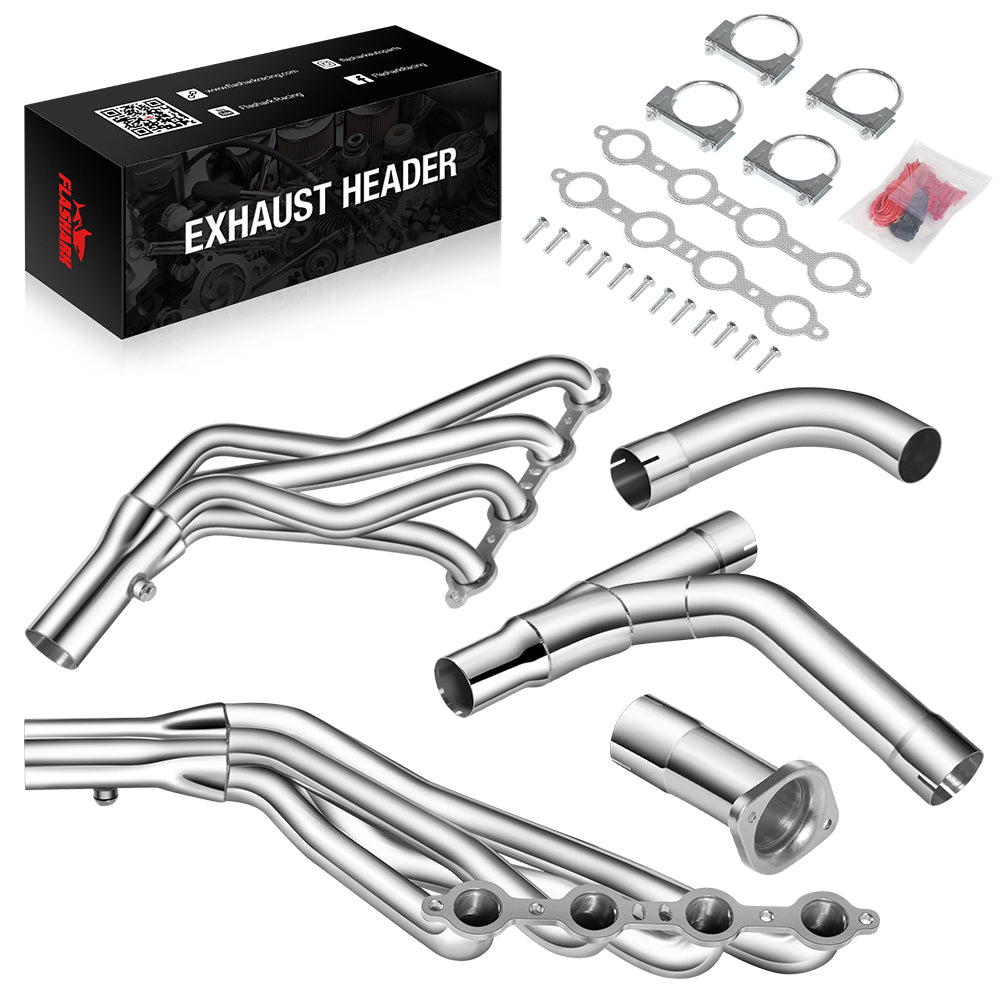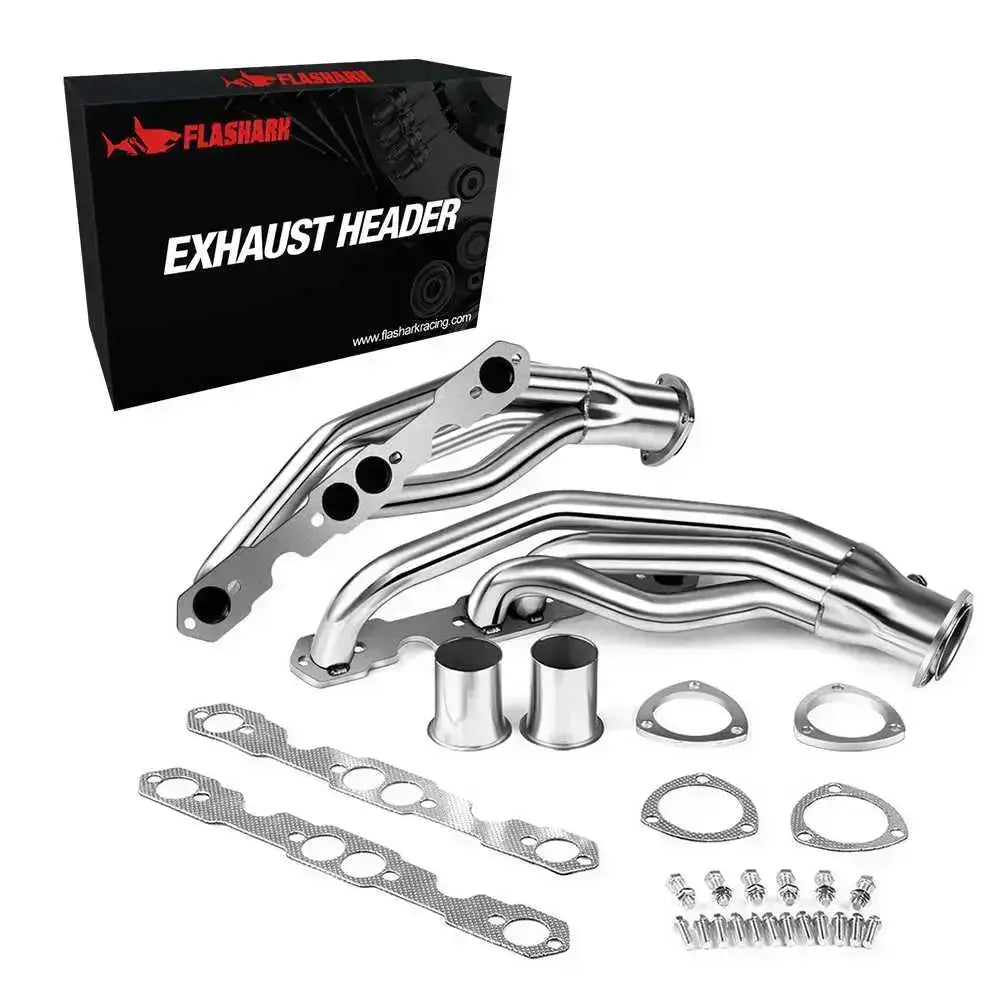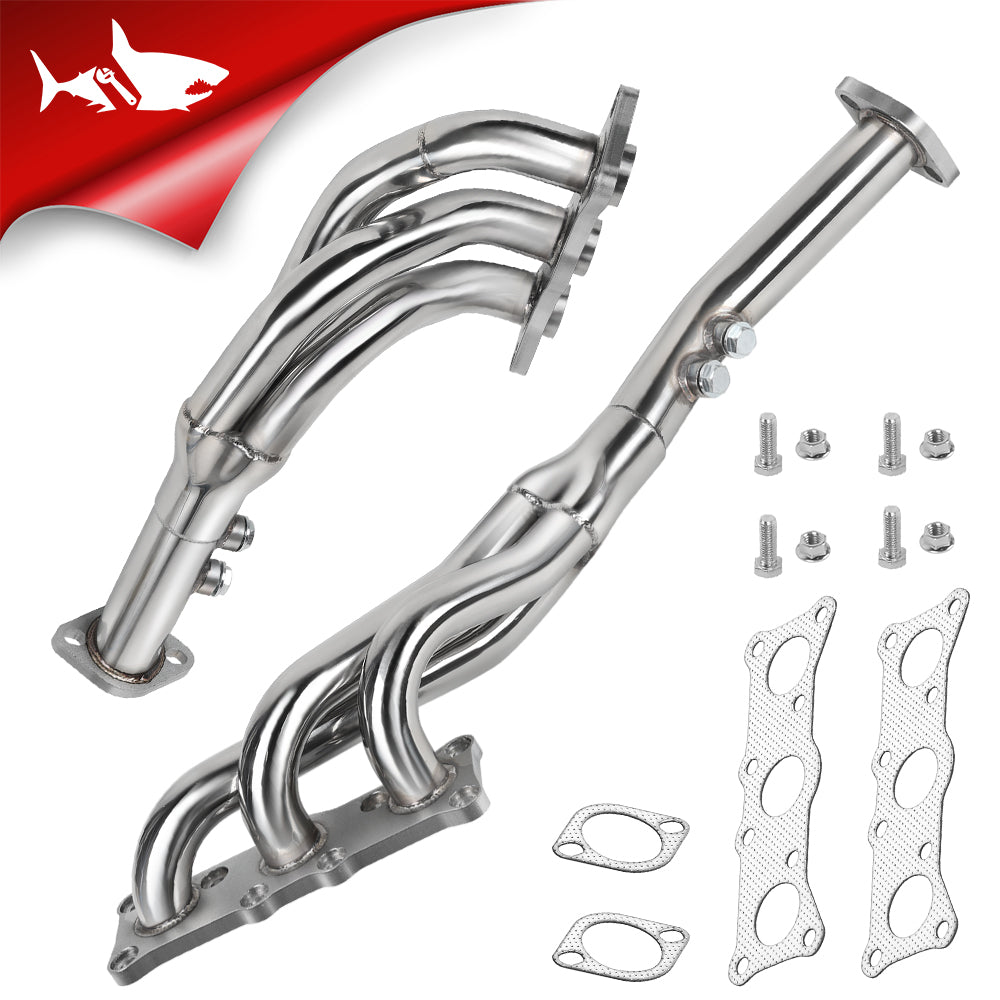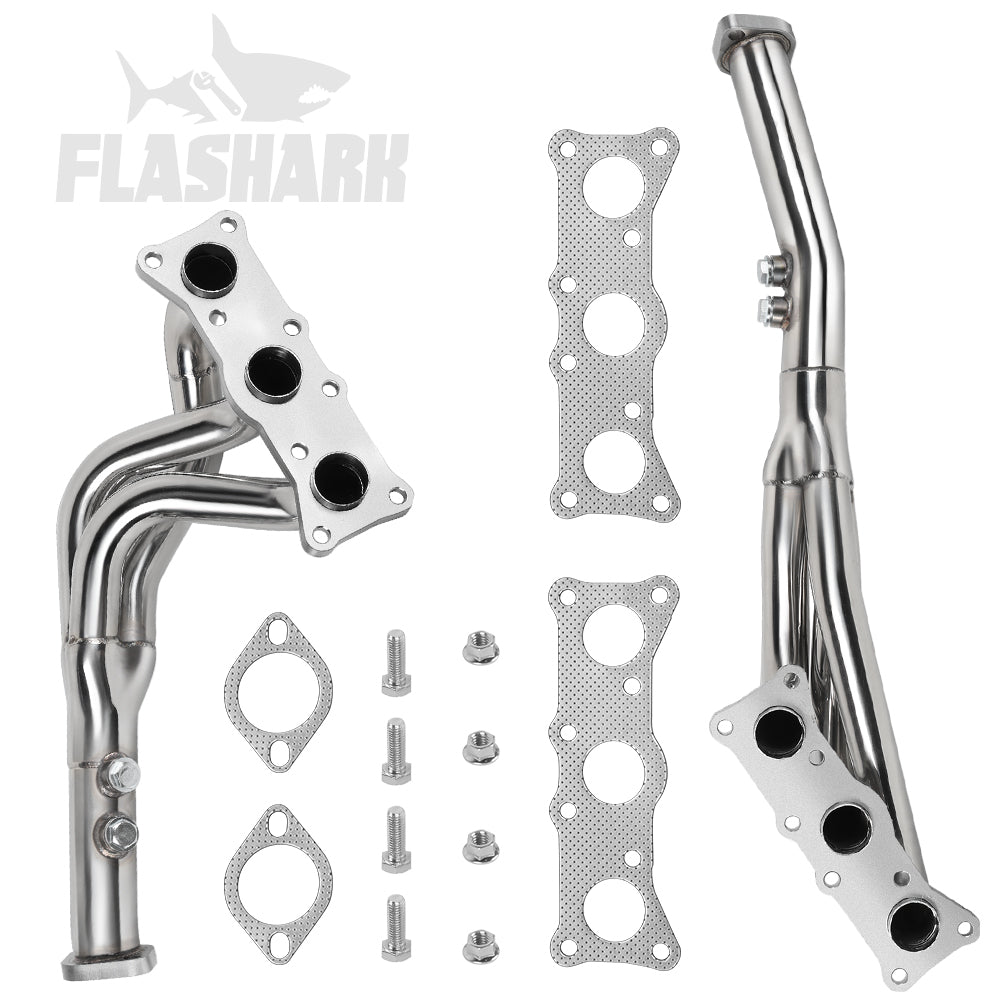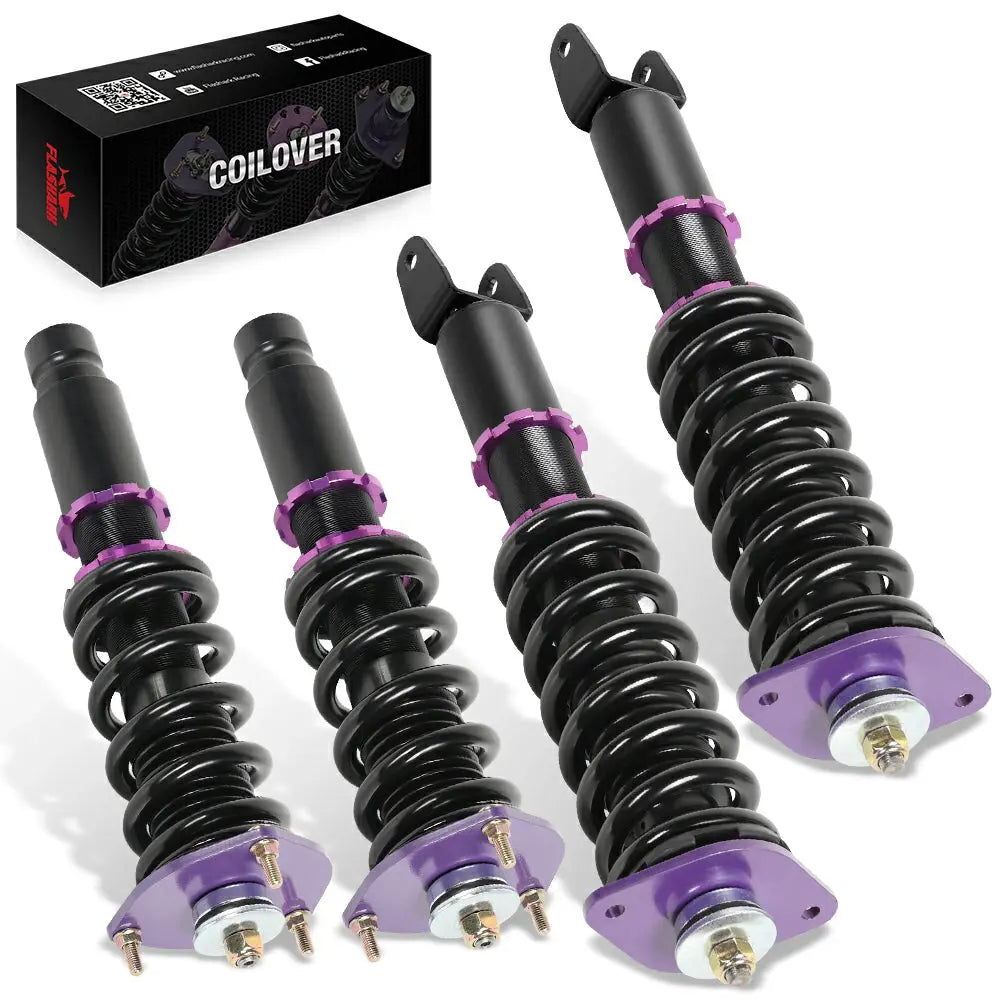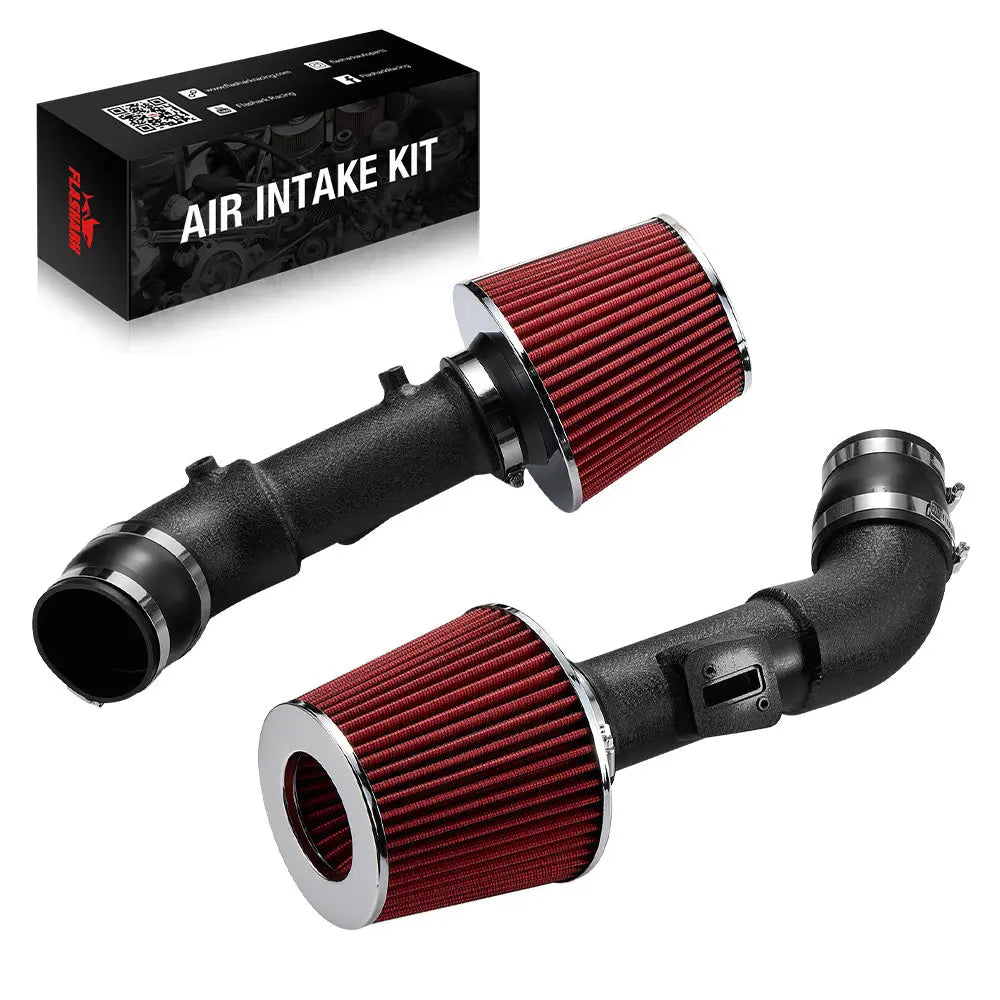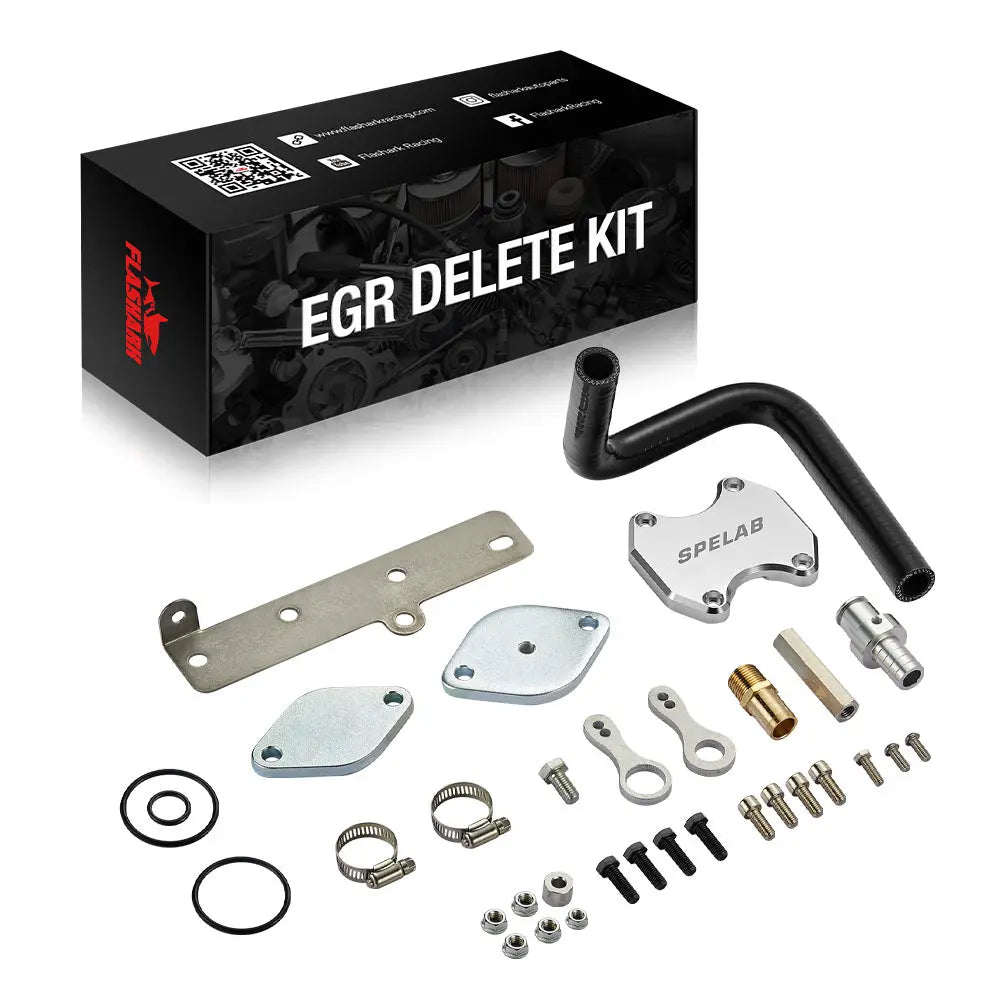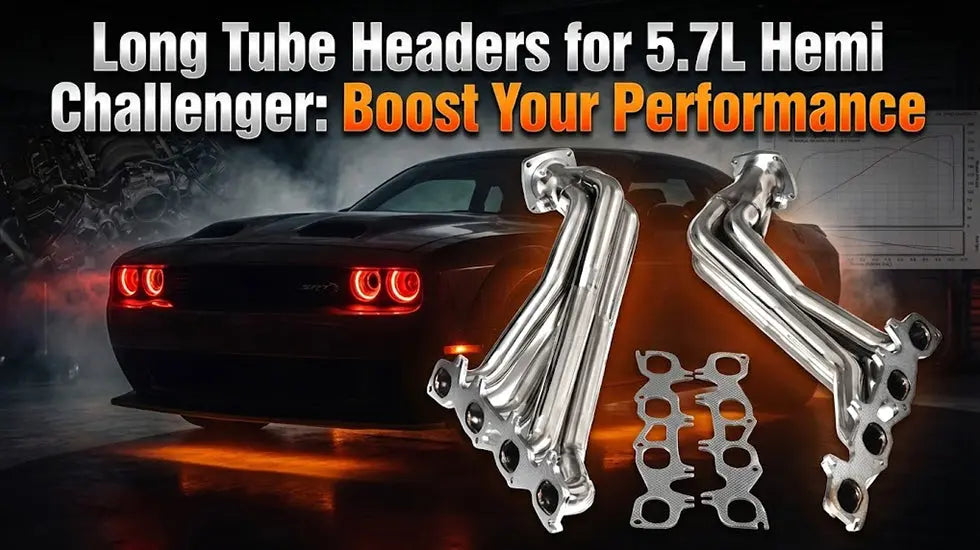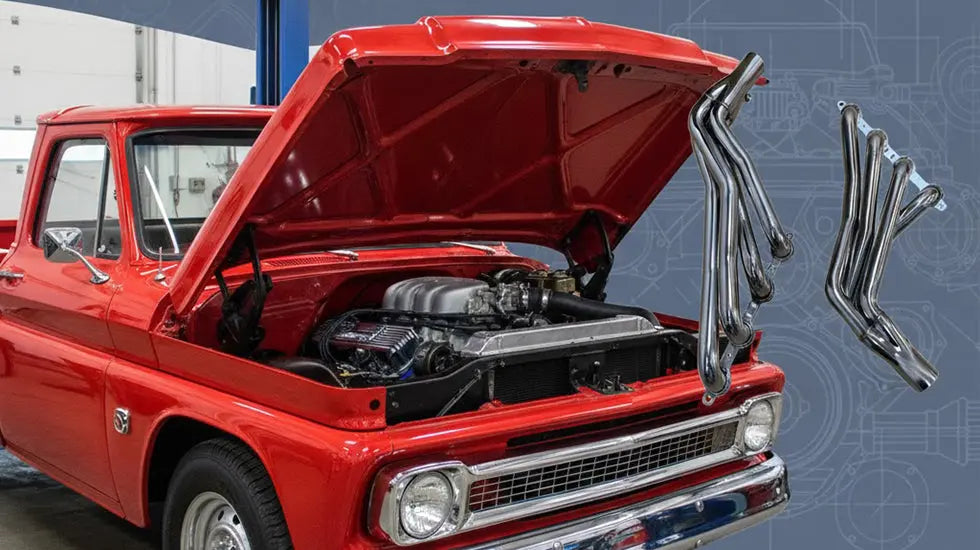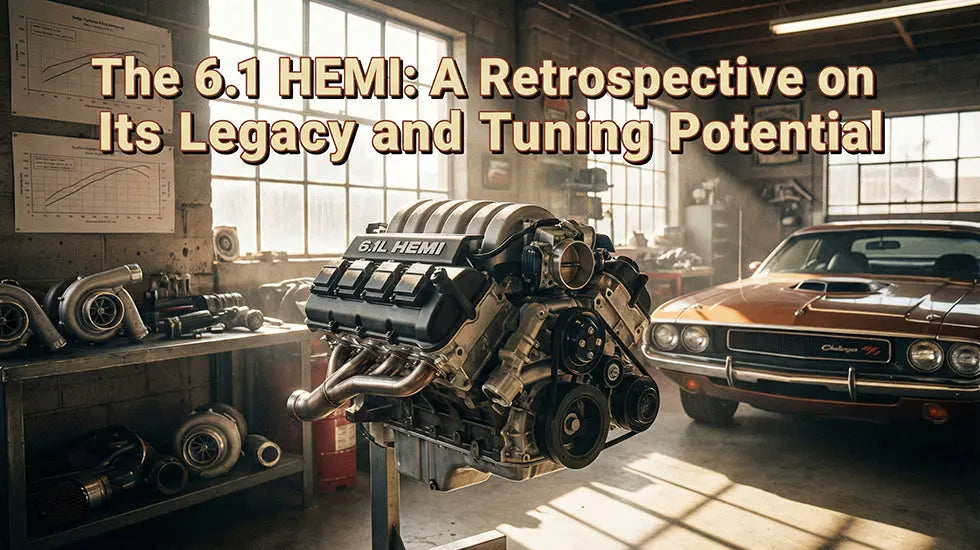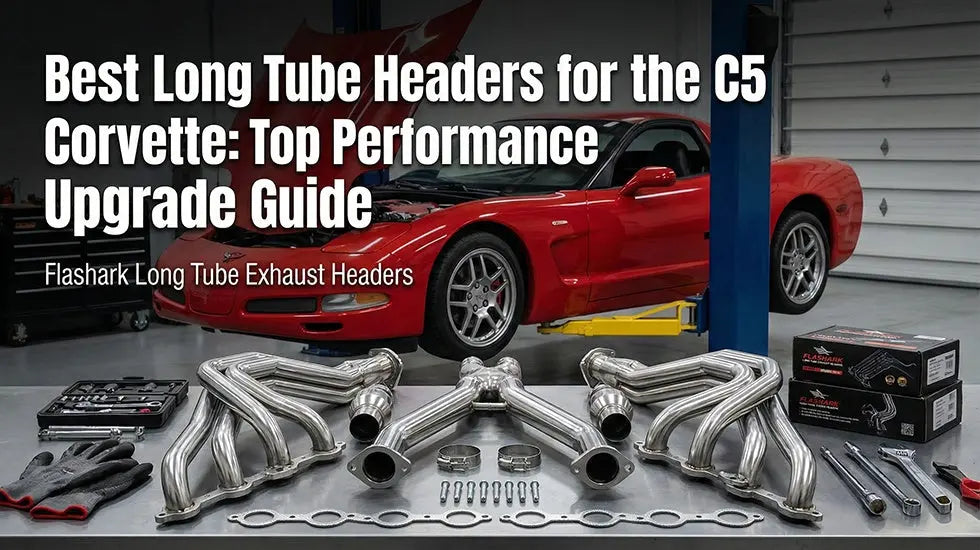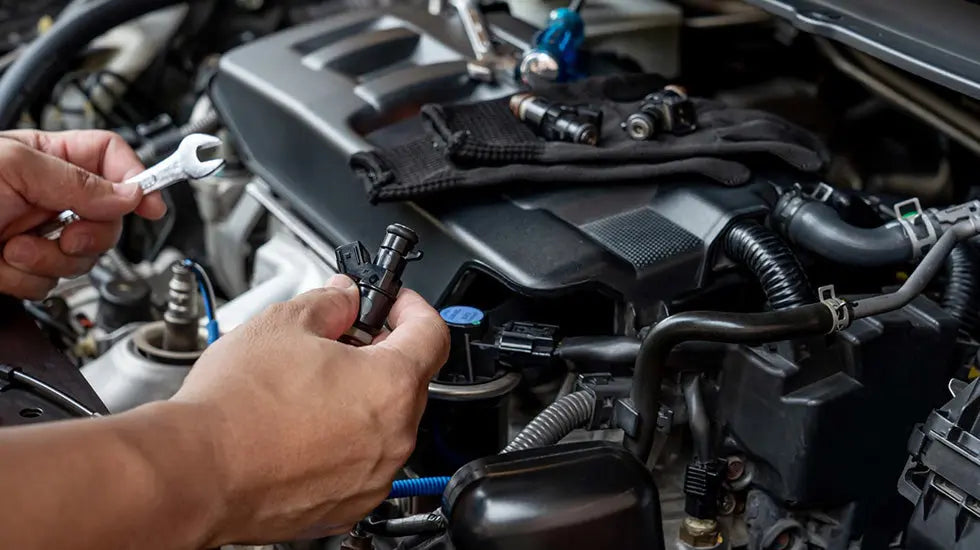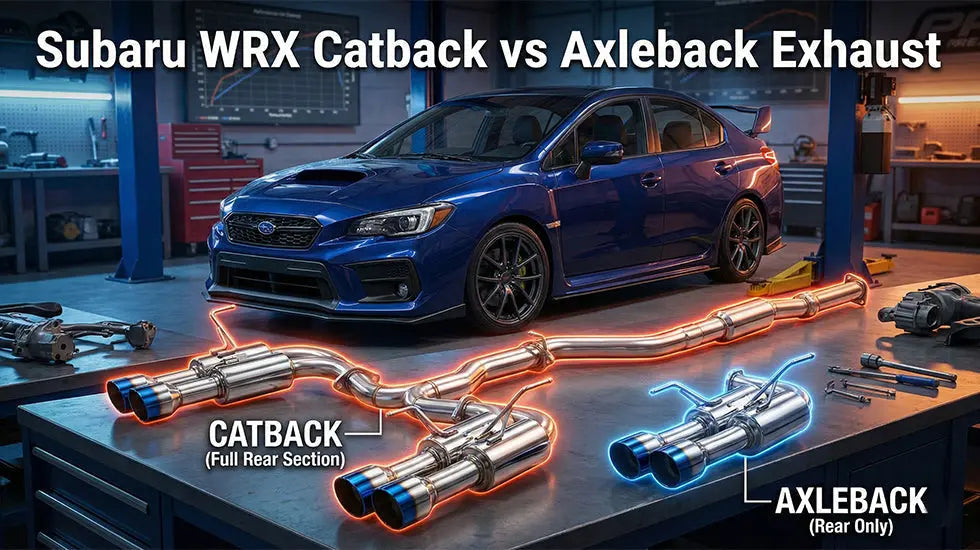Exhaust headers are performance-enhancing components designed to reduce exhaust back pressure and improve engine efficiency. Unlike stock exhaust manifolds that force all cylinder gases through a shared outlet, headers give each cylinder its own pipe that merges into a collector. This design allows exhaust gases to exit the engine more freely, improving both power and efficiency.
Benefits of Installing Exhaust Headers
An exhaust header is a great investment for your car because of the many ways it may boost performance. Many parts of your car can benefit from headers, which can help them last longer so you can enjoy your car for as long as possible. Moreover, each header type gives you a different speed boost, making it easy to get the improvements you want. Headers can make your car sound better, give it more horsepower, or improve the flow rate of its exhaust. A variety of exhaust headers are available, including 3TC headers to meet all of your needs when you want to improve your engine.
Key Benefits:
-
Improved exhaust flow
-
Increased horsepower and torque (often 5–20 HP gain)
-
Reduced exhaust back pressure
-
Better fuel efficiency
-
Enhanced engine sound
-
Lower under-hood temperatures (with coated headers)
-
Weight reduction (vs. cast iron manifolds)
-
Improved throttle response
Types of Exhaust Headers
Choosing the right type of exhaust header depends on your vehicle, driving style, and performance goals. Here are the most common types of exhaust headers and their unique advantages:
1. Long Tube Headers
Long tube headers feature extended primary tubes that are typically equal in length. They are ideal for maximizing high-RPM horsepower, making them a favorite in track and performance builds.
Pros:
-
Excellent high-RPM power gains
-
Improved exhaust scavenging
-
Significant back pressure reduction
Cons:
-
Installation complexity
-
May require relocating components or modifying the exhaust system
-
Not always street legal (due to emissions compliance)
2. Short Tube Headers (Shorty Headers)
Shorty headers are more compact and easier to install. They're great for mild performance improvements and daily driving.
Pros:
-
Easier installation (uses stock locations)
-
Compatible with factory catalytic converters
-
Good low-to-mid RPM torque
Cons:
-
Less horsepower gain than long tubes
-
Limited high-RPM performance improvement
3. Tri-Y Headers
Tri-Y headers combine features of both long and short headers by merging pairs of primary tubes into a "Y" before reaching the collector. They’re engineered for balanced power and torque across the RPM range.
Pros:
-
Smooth midrange torque
-
Great for street performance
-
Reduced exhaust reversion
Cons:
-
More complex design
-
Installation space can be limited
How to Install Long Tube Headers (DIY Guide)
Installing long tube headers can be a challenging but rewarding project. Here's a step-by-step guide on how to install long tube headers safely and efficiently:
Tools You’ll Need:
-
Jack and jack stands or a lift
-
Socket set and extensions
-
Penetrating oil (like PB Blaster)
-
Torque wrench
-
O2 sensor wrench
-
Gasket scraper
-
Anti-seize compound
Installation Steps:
-
Disconnect the battery – Prevent accidental shorts or ECU issues.
-
Raise the vehicle – Use jack stands or a lift for under-car access.
-
Remove the old manifolds – Soak bolts with penetrating oil; carefully detach O2 sensors.
-
Clean gasket surfaces – Ensure no old material remains for a proper seal.
-
Test-fit your headers – Check for clearance around steering shafts and suspension parts.
-
Install new gaskets and headers – Use anti-seize on bolts; torque them to spec gradually in a crisscross pattern.
-
Reconnect O2 sensors – Use extensions if needed.
-
Reconnect exhaust system – Weld or bolt up to mid-pipes or catalytic converters.
-
Reconnect the battery and start the engine – Listen for leaks and check for CEL codes.
-
Retorque after heat cycles – Check bolts again after a few drives.
Pros & Cons of Installing Headers
Advantages:
-
5%–10% average increase in horsepower
-
Enhanced sound and throttle response
-
Better fuel efficiency with proper tuning
Disadvantages:
-
May trigger check engine light (due to O2 sensor relocation)
-
Can be expensive or time-consuming to install
-
Emissions compliance issues (especially with long tube headers)
-
Potential to void warranty
-
May require professional tuning for optimal results

Shop Performance Headers at Flashark
Looking for headers that suit both street and track use? Flashark offers a wide range of high-performance headers. Our IS300 headers, for example, are engineered to lower back pressure and improve top-end power for the Lexus IS300. Whether you're upgrading for daily driving or racing, we've got the parts you need.
Popular Product: IS300 Header
-
High-flow design for improved performance
-
Mandrel-bent tubing for maximum exhaust velocity
-
Built for durability and long-term use
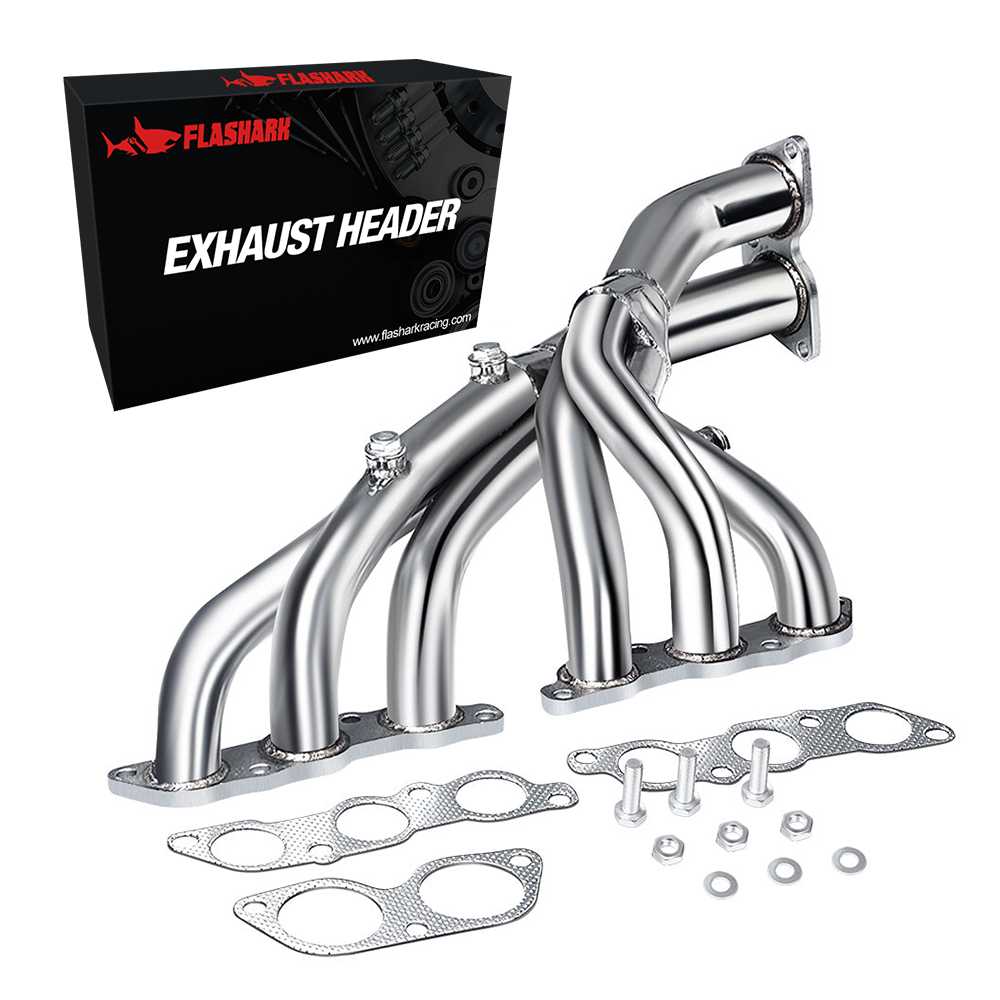
Final Thoughts
Understanding the different types of exhaust headers and knowing how to install long tube headers can help you make the best decision for your build. Whether you're a DIYer or working with a shop, choosing the right headers is a key step toward unlocking your engine’s full potential.

